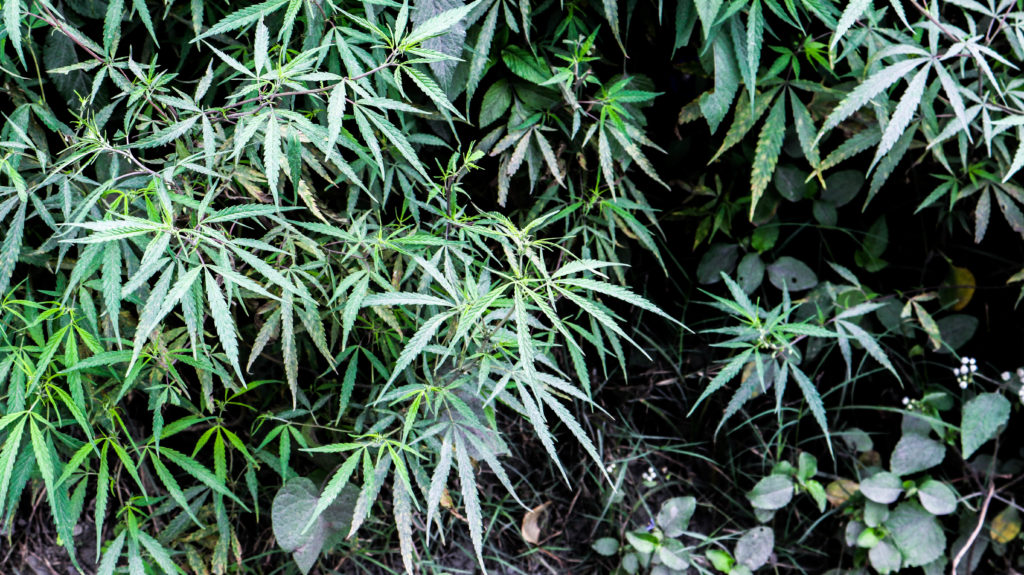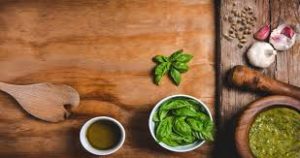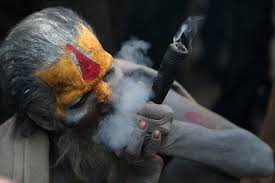
Some remote locations of India see a wild growth of Marijuana. These
untamed greens thrive alongside other bushes and flowering plants, all
of which are used by the locals for various purposes.
In many small towns in the north Indian state of
Himachal Pradesh, one can find marijuana growing by the roadside, and
rather wildly so. The unwanted growth of leaves just occurring there,
with no one to claim the otherwise highly prized greens. As one goes
deeper from the towns to the small villages, these plants are be found
growing in backyards, house lawns, and even in kitchen gardens,
alongside tomatoes and chillies!
Marijuana is, in fact, wildly grown at various
places in Himachal Pradesh. The scene is no different in the states of
Punjab, Haryana, and Goa, which are also infamous for the easy
availability of soft drugs. The cannabis leaf grows in abundance
here and is brought to illicit use by both locals and tourists. Although
cops and other officials keep a close watch on the trade of the leaves,
pedlars have been known to find their way out.
But the growth and use of these leaves have a
different purpose in the small homes of the villages of hilly areas such
as Himachal Pradesh, Sikkim or Uttarakhand. Locals use them for making
traditional cuisine, for medicinal purposes and also for spirituality.
Cannabis cultures

“In the Kumaon region of Uttarakhand, a chutney or sauce made of hemp or marijuana seeds is consumed with daily meals. Known as bhaang chutney,
it is a popular, local relish, and is consumed for its rich flavour and
other healthy properties, not as a drug,” explains Manoj Upadhyay, a
web developer from New Delhi, who hails from Uttarakhand.
“The chutney is not the only side dish made from bhaang seeds. Bhaang ke pakore (hemp fritters), bhaang ki lassi (hemp buttermilk) are other items made from hemp seeds.
With protein, omega- 3, and gamma-linolenic acid, hemp seeds are said to be a dose of good health.
Hemps are not the only seeds that are associated with drugs and used for making delicacies. Seeds of the opium poppy (Papaver somniferum)- the plant used to make heroin, are also used in cooking.
“One of the most savoured local bread in Himachal Pradesh is the sidu.
A stuffed bread, it is eaten to stay warm in the cold weather, and for
that is filled with pulses, dry fruits, spices and opium,” says Harish
Sharma, executive chef and general manager at the Aamod Resort in Shogi.
“Afeem dana as the opium seeds are called
in Hindi, bring no harm to one if taken in appropriate quantity. They
are not illegal either; it is their plant, that is,” explains Sharma.
Opium seeds contain only traces of opiate, but they
are themselves not used to make any drug. Opium is extracted from the
sap of the opium poppy’s seed pod. The seeds do not have drug effect on
humans, for the quantity of morphine they contain is less than what is
in some medically prescribed drugs.
“Opium seeds are also broiled with dry fruits, whole
wheat grains and jaggery to prepare a mixture that is consumed in
extremely cold weather, to keep oneself warm. While the opium and dry
fruits work off the cold, jaggery cleanses the body,” shares Sharma.
But while hemp and opium continue to be part of traditional cooking, their plants have been enjoying a spiritual connection.
A spiritual side

“In rural Bengal, tamak or marijuana is used for spiritual purposes. From folk singers to sadhus
and pilgrims, it is smoked up in the name of god. They believe in the
spirituality of the herb,” shares a local, not willing to be named.
“I am also told that in erstwhile Bengal, doctors
used to prescribe it as an antidote to blood sugar and hypertension. The
uses were explored somewhat but the ban on the plant and its
cultivation makes it difficult for Ayurveda practitioners to put
cannabis to use properly,” he adds.
Smoking cannabis is often linked with Lord Shiva,
the creator of the Universe, according to Hindu mythology. The lord is
often portrayed smoking ganjika– Sanskrit for marijuana, or drinking bhaang.
Although part of a religious belief system, the association of the
narcotic and the divine is often personified to sell drugs, and consume
in an inappropriate manner.
The village of Malana in Parvati Valley is known for producing the best quality hashish-
a type of drug. ‘Malana cream’, is how the drug from here is available
and known world over. People of this village address themselves as the
followers of Shiva, and it can only be guessed if the valley is named
after his wife, Parvati.

No comments:
Post a Comment